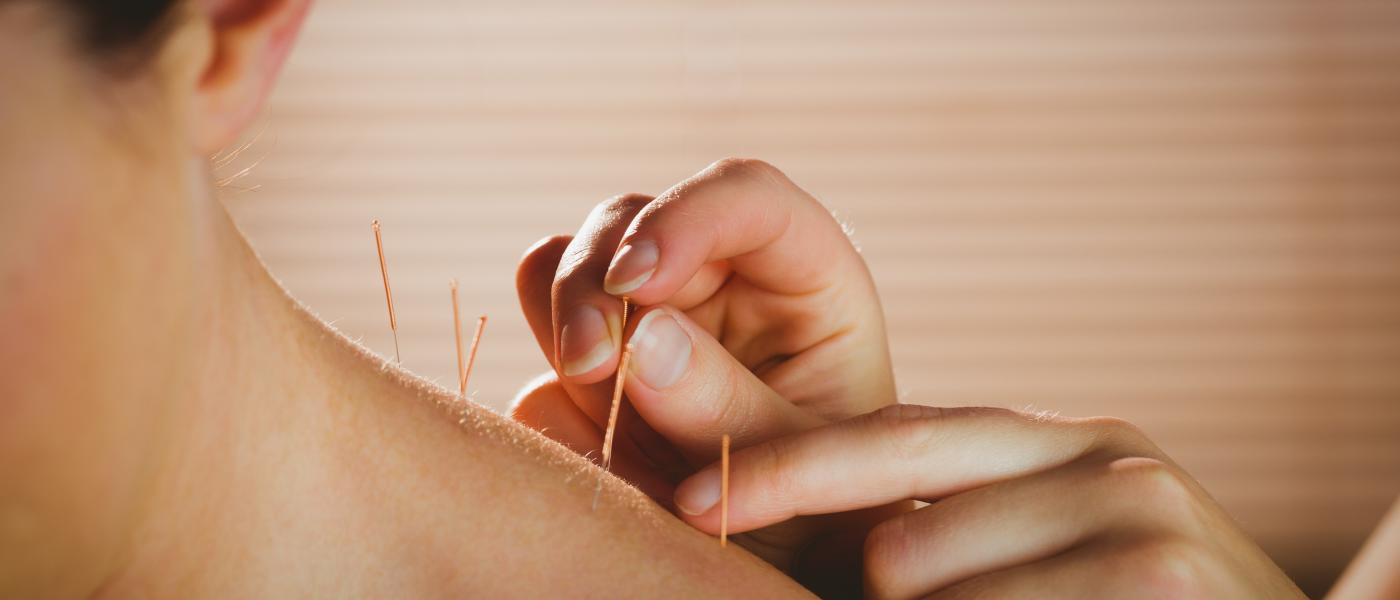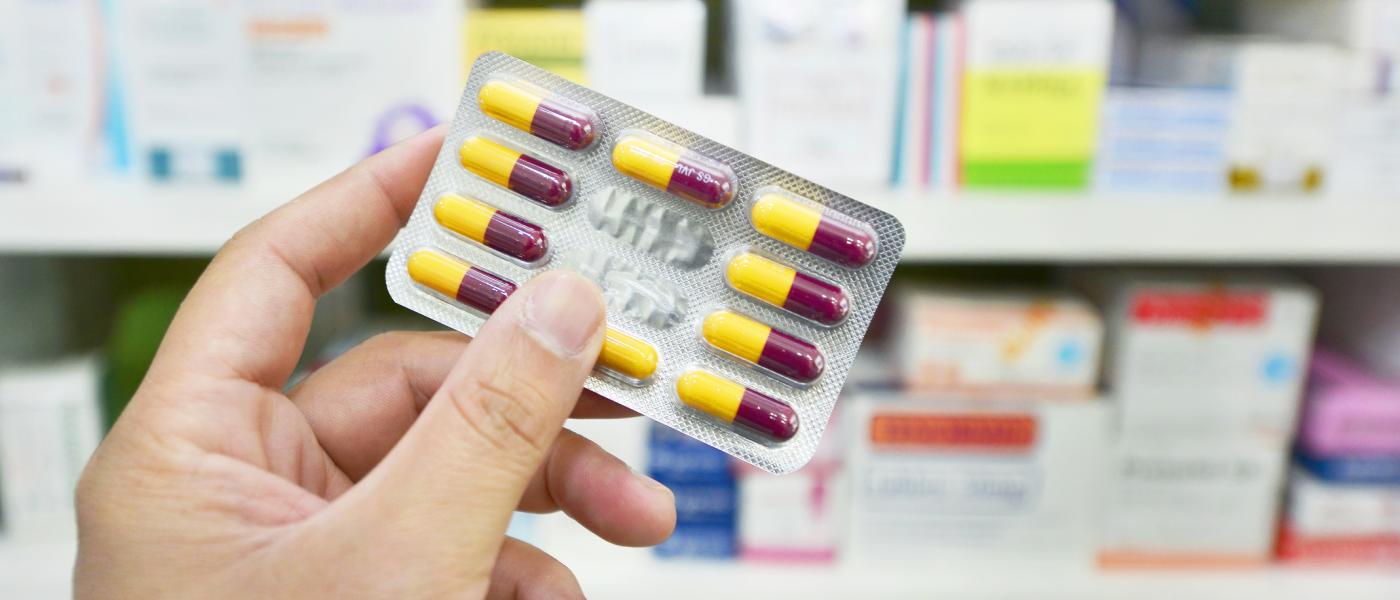While many people are able to safely use prescription opioids to treat their pain, they aren’t meant to be a long-term solution – not to mention for youth, they can be dangerous and highly addictive. For those reasons, you may want to consider more natural ways your teen or young adult can deal with pain.
Check out a few popular options below:
Please Note: Just because a treatment is considered safe or natural doesn’t mean that it will be right for everyone. Each body is different. And some natural treatments do have serious contraindications. For this reason, it is important to discuss any complementary or alternative pain management options with your doctor before you start. In addition DEA is not endorsing the use of any of these alternatives; we're providing this information for educational awareness.









